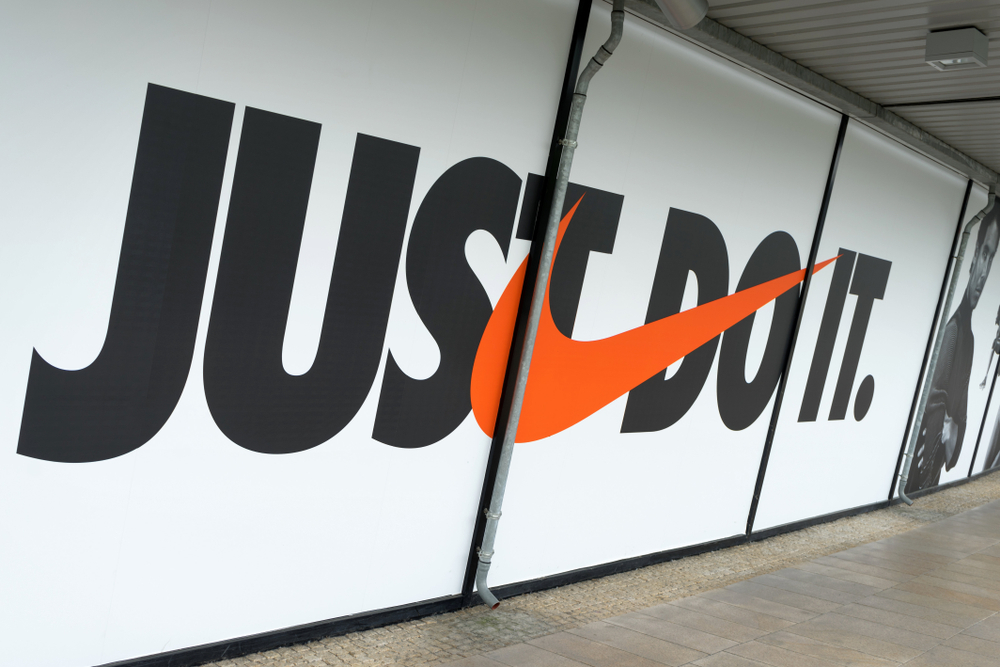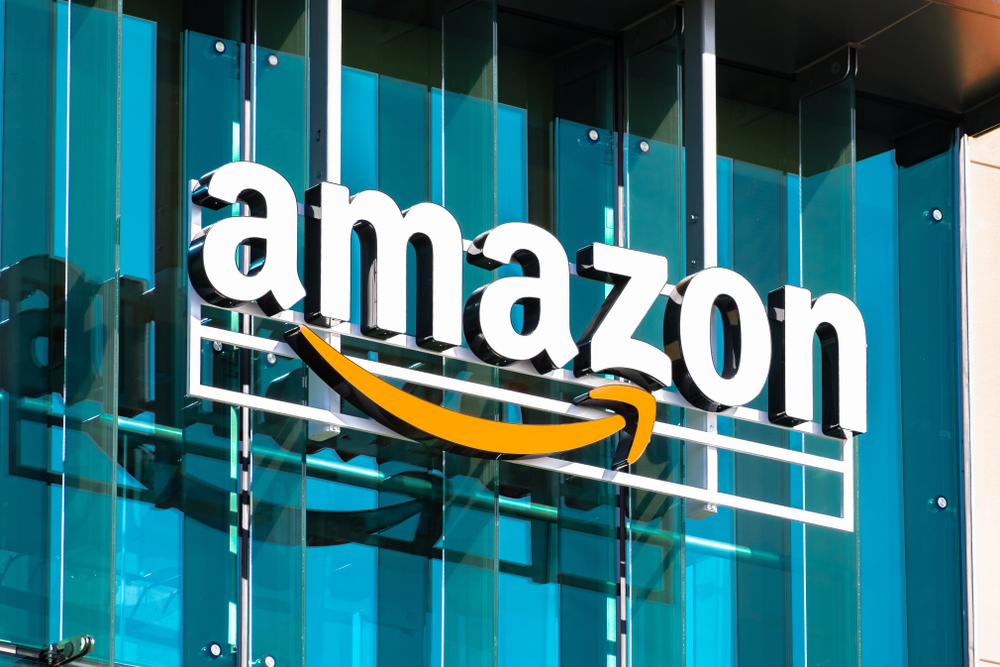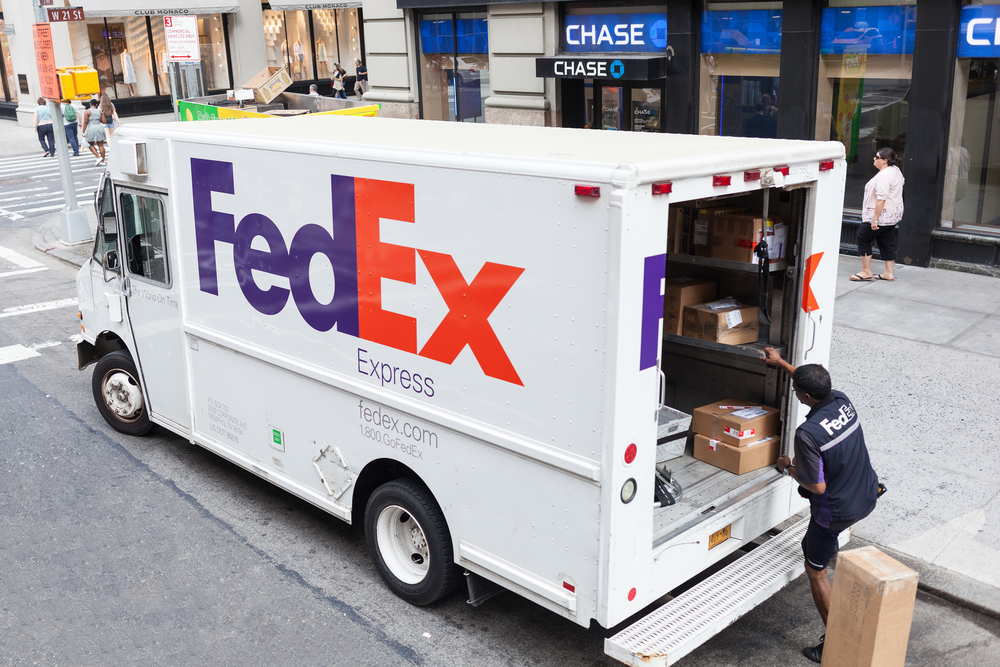What is corporate branding?
In this post, Castle’s Head of Brand and Design, Pete Richardson will indicate what is corporate branding and highlight just how important branding is for a business.
Branding is a crucial aspect of marketing. When you are marketing your services, you are essentially marketing your brand. Your brand is the message that you are sending out to your potential audience. Meaning your tone of voice and how you want to be perceived is pivotal. But how important is branding?
How important is branding?
Branding is a very important aspect of a business as it sets the tone of the business. Allowing you to create a memorable experience for the consumers who either use your services or products. Your brand in essence is the first thing that consumers see when they first interact with your business. They get to experience who you are and your whole ethos as a company. We all know first impressions are crucial so it’s important to be able to give the best first impression possible.
This is where having a responsive website, striking images and the perfect tone of voice come into play. You want to build a brand that instils trust in people. If you’re going to buy or sell anything, you need to gain the consumers’ trust straight away – so building trust through your brand is why branding is so important.
The message that your brand conveys is the key to this. Once you attract an audience to your website, you will need to get across what it is you’re trying to do or sell. This must be done without overly selling your services so this can certainly be a challenge as you are likely to put people off. Once you find a message that connects with your audience, that is half of the battle won.

What are great examples of branding?
Regarding great examples of branding, I believe Nike as a sports brand is a shining example. The iconography itself just represents speed and movement, straightaway you can see it and it’s just so simple. Their tagline of “Just Do It.” is also just as iconic as the logo.
Throughout the years Nike has taken the approach of less is more which has now become common practice for most designers and marketers. Nike is certainly the pioneer for simplistic design and marketing which has now become common practice. Even the government with their most recent marketing strategy of “stay at home… protect the NHS… save lives”. It’s short, concise and really easy to remember.

Another great example is FedEx. Hidden elements in logos can be great to incorporate into a brand. The hidden arrow in the FedEx logo is great as it will have people talking about their brand with the arrow representing how they want to be perceived as the arrow stands for:
- Speed
- Accuracy
- Perseverance
- And a strive for perfection
Another example of hidden elements in logos is the Amazon logo. Everyone notices the arrow in the logo, but the meaning behind it is rather genius. The arrow starts at ‘A’ and ends at ‘Z’ to depict that they sell everything from A to Z.

Are there any examples that were underwhelming?
An example of corporate branding for all of the wrong reasons is the Gap rebrand in 2010. The new logo was announced on the 6th October 2010 and by the 12th October, Gap had reverted back to the original logo. Costing the company $100 million over this short process.
This was Gap’s first redesign in 24 years. This ultimately boiled down to brand fatigue where a brand simply decided to refresh the brand as other well-established brands were modernising themselves. The reason for reverting back to the previous design was due to the backlash they received.

What is corporate branding?
Corporate branding represents what your brand ethos is. Allowing you to showcase your mission statement to your audience. In order to achieve that, you will need to sit down and ask what it is your brand does, what do you want to achieve and then break it down from there. You need to set the tone for customers and exceed what they expect from you. That all comes with the mission and vision statement.
Corporate branding is about instilling trust in your customers and what the message is that you want to convey to your customers.

How does corporate branding differ from product branding?
In a previous post, I spoke about what is product branding. Although they do share similarities, they are ultimately very different. Corporate branding focuses more on the ethos of the business. Rather than focusing your efforts on a particular product and having people connect with the products that your business sells.
Corporate branding is more service-led so you’re marketing your brand as a whole rather than the products and the brand. With corporate branding, you’re obtaining clients and customers to use you as more of a service rather than a selection of products.
With product branding, you are able to build smaller brands within your main brand which is the business as a whole. This is what’s known as an umbrella brand.
